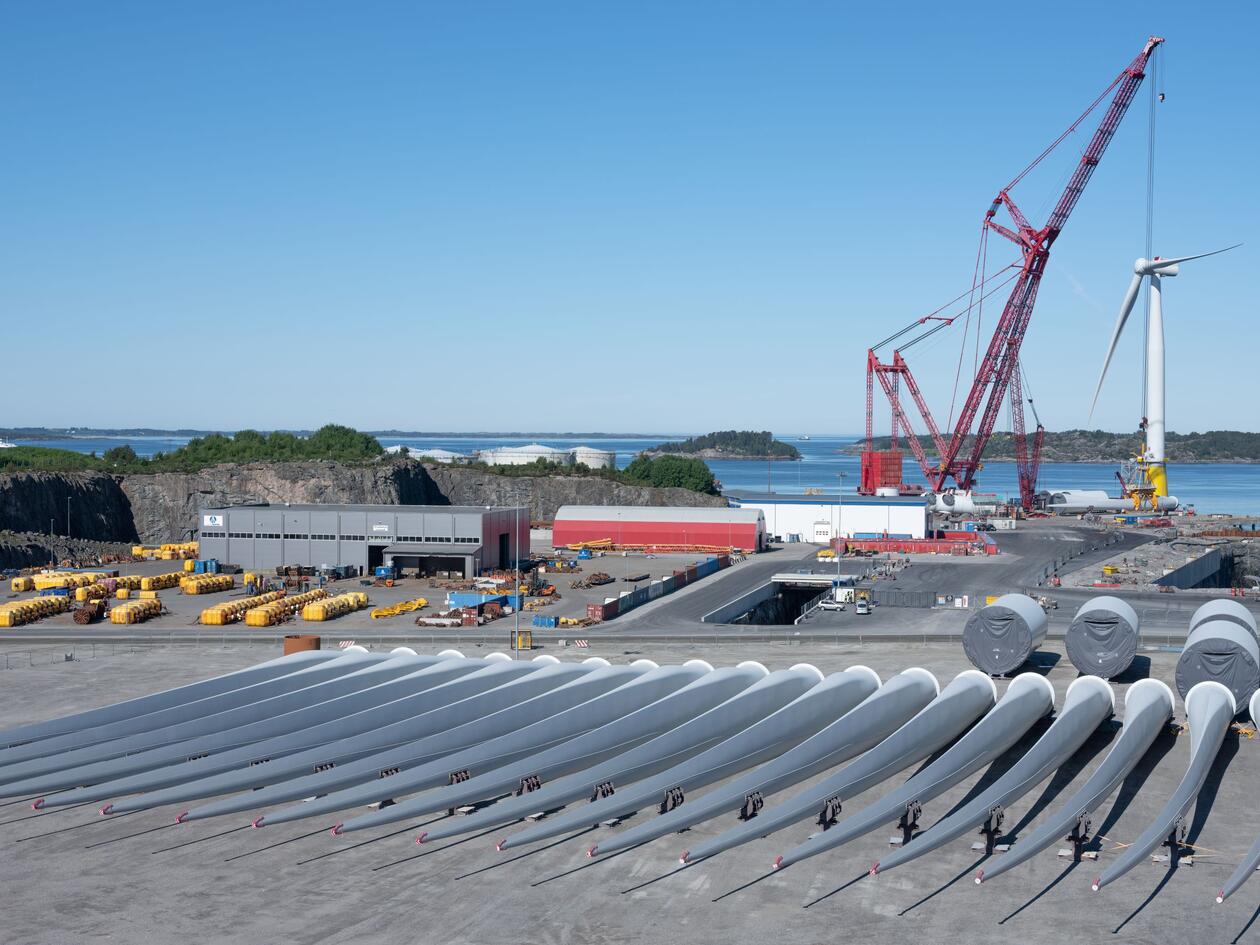ENERGY SEMINAR WITH THE HAVFRAM, NTE AND RWE CONSORTIUM
We are happy to announce that Havfram, NTE and RWE consortium will visit Bergen Offshore Wind Centre (BOW) on the 27th of March, 10:00 – 15:00, and we would like to invite you to the seminar. This seminar is open to all and is of particular interest to master- and PhD-students within the field of energy and more specifically those who are interested in offshore wind.

Hovedinnhold
At the end of the seminar, you will have the opportunity to talk to our guests, so please prepare any relevant questions you may have and take full advantage of this opportunity to meet with them.
Programme

Introduction
The consortium of RWE, HF, and NTE is applying for a license on the Utsira Nord site and is committed to developing local knowledge and the floating wind supply chain. We believe that by collaborating directly with local universities and businesses, floating wind can be a very profitable industry for Norway, particularly the West Coast.
Introduction to floating wind
When moving out on deeper waters, the use of floating wind turbines will allow wind turbines to be placed in areas with stronger wind, further from shore, and within areas optimised for less impact on the local environment and other sea-users. This presentation will provide an overview of the differences between floating and fixed offshore wind, as well as where innovation and supply chain development are needed to ensure that we can build all planned floating wind at an acceptable cost. The presentation will examine various concepts such as mooring, floaters, pros and cons, industrialisation, and where the industry is headed in the future. The presenter has extensive experience in floating wind technical management and is project lead on the Tetraspar demonstrator at Karmøy for RWE.
Case Study: the project lifecycle of Tetraspar
RWE is a consortium member and one of three owners of the Tetraspar demonstrator project at the METCentre @ Karmøy. Key learnings from the entire lifecycle to date, as well as where the project is headed in the future, will be presented. The Tetraspar project is generating important insights into industrialisation, the use of digital tools, and efficient operations and maintenance in a harsh weather environment. The presenter has extensive experience in floating wind technical management and is project lead on the Tetraspar demonstrator at Karmøy for RWE.
EIA requirements for floating wind
The use of wind turbines needs to be planned and evaluated in light of the environmental impacts in the site-specific area. This presentation will look at what compromises an offshore windfarm has to do, approach to consents with maintaining flexibility in design and a case study on key receptors. In addition, the presentation will look at consenting fixed foundations vs. floating foundation.
The speaker has long experience in EIA assessments and work from Scotland and was involved in the full Scotwind license round.
The impacts of floating wind on sea-users
The development of offshore wind must be carried out in a safe, fair, and transparent manner to all ocean users. Ensuring minimal impact to existing sea users is a key aspect in floating wind development. This is therefore considered from the early planning phases of wind park development, with stakeholder engagement, to ensure the safety, commercial activities and other constraints are integrated into the final layout of the wind farm. The presenter has long experience in offshore wind consenting and environmental management and has been a key member of several large wind farm developments in Europe.
If you have any questions, please do not hesitate to contact us at bow@uib.no
We look forward to seeing you on the 27th of March.
Welcome!
